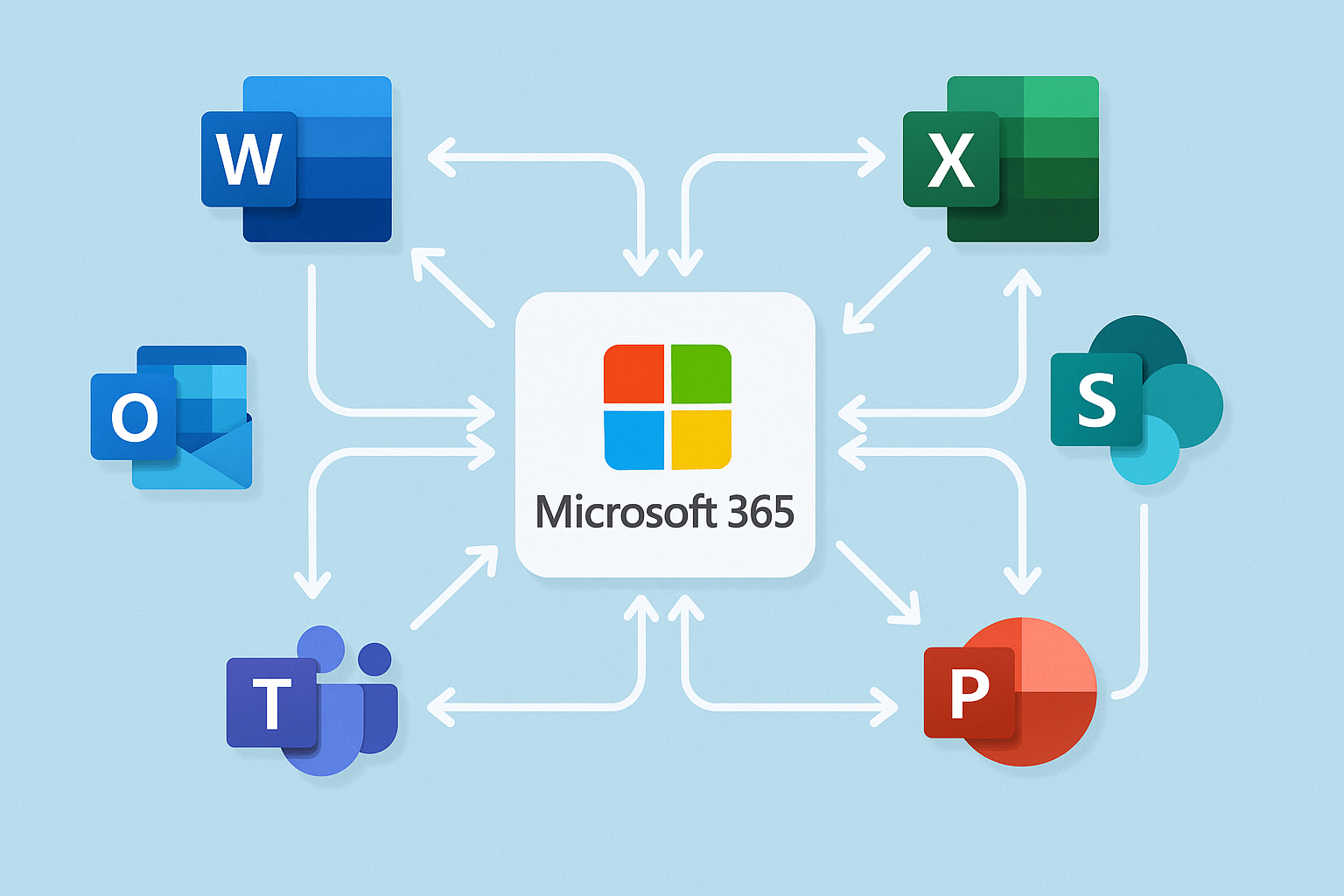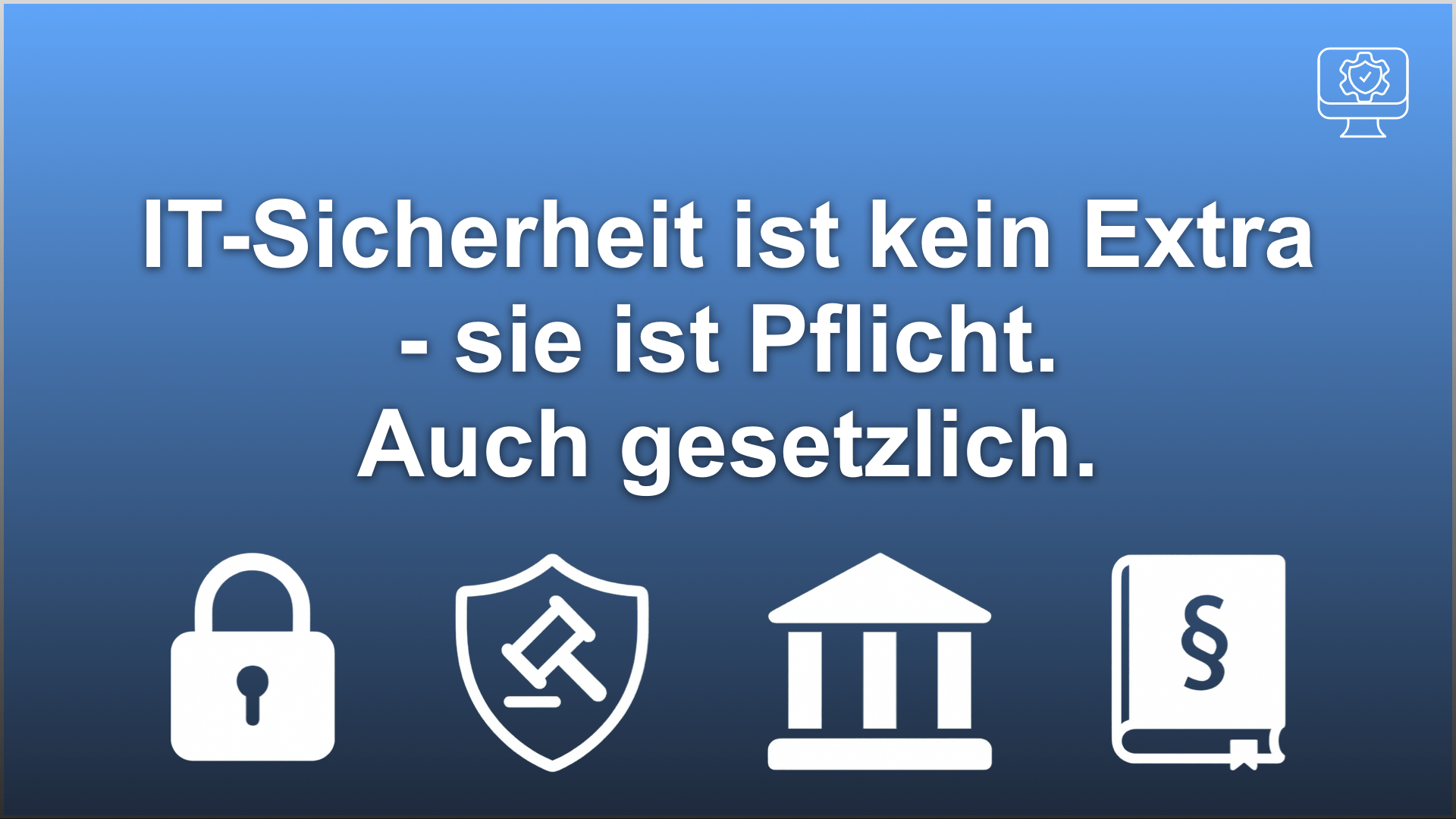
Email Security 2025: Protecting Your Business from Advanced Threats

Emails are the backbone of business communication. Every day, billions of messages are exchanged – with customers, partners, service providers, or internally within teams. But what many underestimate: email is also one of the most popular entry points for cybercriminals. In 2025, email security is more in focus than ever before, as the threat landscape has drastically changed in recent years.
In this article, you’ll learn why businesses should now make email security a priority, which threats are particularly insidious – and which strategies, tools, and technologies truly offer protection.
1. The Reality in 2025: Cyber Threats at a New Level
The threat landscape has intensified: cybercriminals now act with sophisticated, often AI-supported methods, globally networked and highly professional. Businesses – from SMEs to large corporations – are especially in the crosshairs. Why? Because they are lucrative targets.
Business Email Compromise (BEC)
BEC is one of the most dangerous methods of cybercrime. Attackers hijack a real or seemingly legitimate company email account and use it to manipulate employees – for example, to authorize transfers. According to the FBI, this causes global damage amounting to billions.
CEO Fraud – The Attack from Above
A specific form of BEC is CEO fraud. Here, attackers pose as CEOs or executives and instruct, for example, the finance department to quickly and “discreetly” transfer large sums of money. These emails look convincingly real – and target human vulnerabilities like obedience, stress, or fear of making mistakes.
Phishing – More Than Just an Annoying Spam Attempt
Phishing remains the most common form of email attack. But in 2025, the days of poorly written and obviously fake emails are over. Today’s phishing emails come with perfect design, fluent language, and are often personalized. The goal: stealing login credentials, credit card information, or other sensitive data.
2. Protective Measures: What Businesses Really Need in 2025
Identity Theft Protection – Safeguarding Identities
A stolen login can have devastating consequences. Modern identity theft protection solutions analyze suspicious login attempts, detect patterns, and raise alerts before damage occurs. Particularly effective in combination with multi-factor authentication (MFA).
DMARC, SPF & DKIM – Technical Protection at the Protocol Level
One of the most effective measures against spoofed sender addresses is implementing DMARC (Domain-based Message Authentication, Reporting & Conformance). Combined with SPF (Sender Policy Framework) and DKIM (DomainKeys Identified Mail), these protocols secure sender identities and block fake emails.
They prevent your domain from being misused for spam or fraud – while also building trust with recipients.
Password Managers – The Invisible Heroes of Corporate Security
Weak, reused, or never-changed passwords are still among the biggest security risks in companies. Yet the solution is remarkably simple: password managers.
A modern password manager provides:
-
Generation of strong, unique passwords for every platform or service
-
Central, encrypted storage of all login credentials
-
Auto-fill features that instantly flag phishing sites
-
Team features for securely sharing access credentials
-
Audit functions to detect outdated or compromised passwords
By using a password manager, companies drastically reduce the risk of breaches. Especially in combination with MFA and identity protection, it forms a crucial pillar of modern IT security.
In the context of email security, the benefit is clear: when email accounts are protected with strong passwords and additional authentication, attackers have far fewer opportunities to gain access – whether through phishing, brute-force attacks, or social engineering.
Microsoft Defender for Office 365
Anyone using Microsoft 365 should take a close look at Microsoft Defender for Office 365. This cloud-based security solution protects against phishing, BEC, ransomware, and more – using AI-powered detection, automated response, and detailed analytics.
Features like "Safe Attachments" and "Safe Links" prevent employees from accidentally opening malicious content. Combined with training and awareness campaigns, Defender forms a strong protective barrier.
What’s Often Forgotten: Backups for Microsoft 365
A common misconception: “Our data is in the cloud, so it’s automatically safe.” In reality, Microsoft offers high availability – but not full backups in the traditional sense. Deleted or encrypted emails, accidentally removed files, or targeted attacks can still lead to data loss.
That’s why external backup solutions for Microsoft 365 are a must. They not only secure mailboxes but also SharePoint, OneDrive, and Teams – GDPR-compliant, automated, and quickly restorable.
3. Shadow IT – The Invisible Security Gap
An often-overlooked risk factor is shadow IT – all the applications, tools, and services employees use without the IT department’s knowledge or official approval. These include:
-
Private email accounts used for business communication
-
Unlicensed file-sharing services (e.g., WeTransfer, Dropbox without a business license)
-
Messenger apps like WhatsApp for customer communication
-
Personal password lists stored in Excel files
These tools may seem convenient day-to-day – but they bypass security guidelines and make it easy for attackers to access confidential information or introduce malware.
What helps?
-
Clear IT policies and communication channels
-
An internal whitelist/approval process for tools
-
Monitoring and automated detection of unauthorized software
-
Education on the risks of shadow IT – ideally combined with security awareness training (see next section)
4. Security Awareness Training – People at the Core of Security
Even the best technology is useless if people act as the security gap. Studies show that over 80% of cyberattacks result from human error – such as clicking a phishing link or accidentally sharing sensitive data.
That’s why security awareness training is a critical component of modern email security. But “PowerPoint training sessions” are no longer enough in 2025. What really works:
-
Interactive learning formats with simulated attack scenarios
-
Gamification to make learning engaging and motivating
-
Microlearning units that are regularly updated
-
Phishing simulations to safely practice for real-life scenarios
-
Role-based training – because accounting needs different content than marketing
An informed workforce is the best defense against social engineering, CEO fraud, and phishing. Those who understand attacker methods can recognize and report suspicious activity before damage occurs.
Conclusion: In 2025, Email Security Is a Business Imperative
Email will remain the most important communication tool in 2025 – but it’s also one of the biggest sources of danger. From CEO fraud to phishing, from BEC to identity theft: failure to proactively secure your systems risks financial loss, reputational damage, and legal consequences.
Security begins with technology – but thrives through people. With a holistic security strategy, the right tools like Microsoft Defender for Office 365, strong protocols like DMARC, a robust password management system, and a clear backup concept for Microsoft 365, you’ll be ready for the future.
🔐 Make email security a top priority – before an attacker does.
Contact us today. Make your business more secure. 👇


